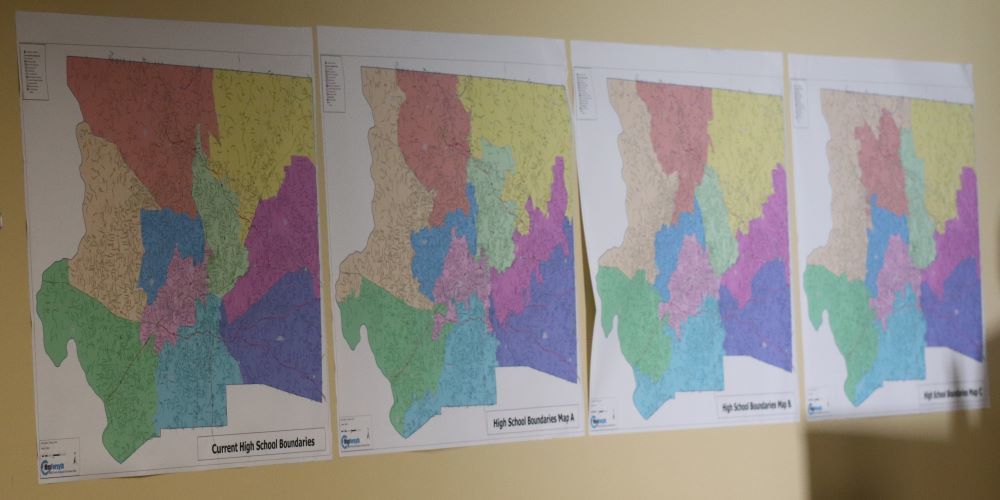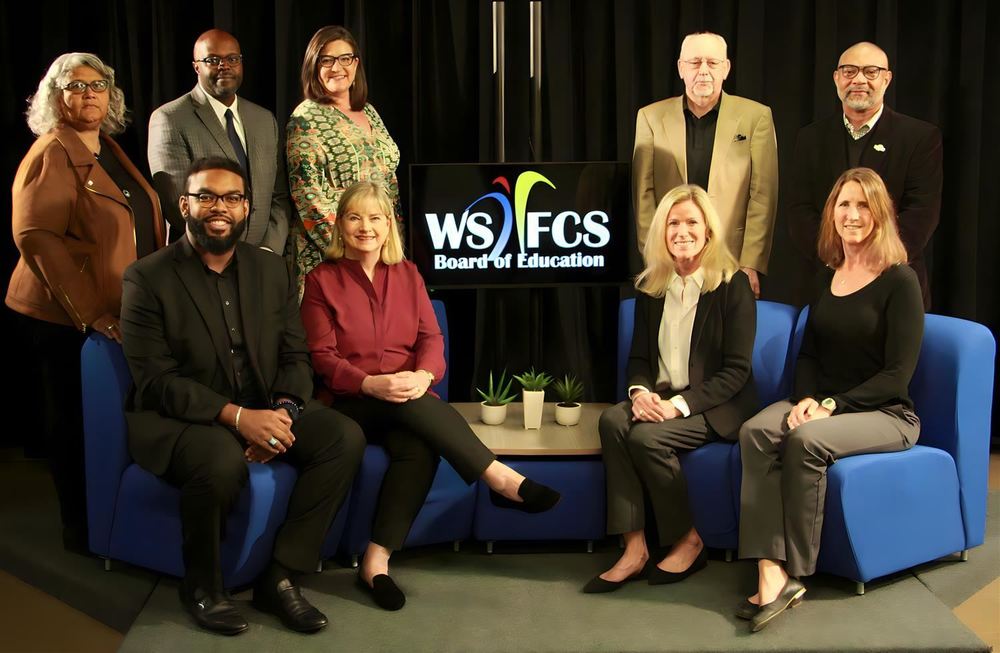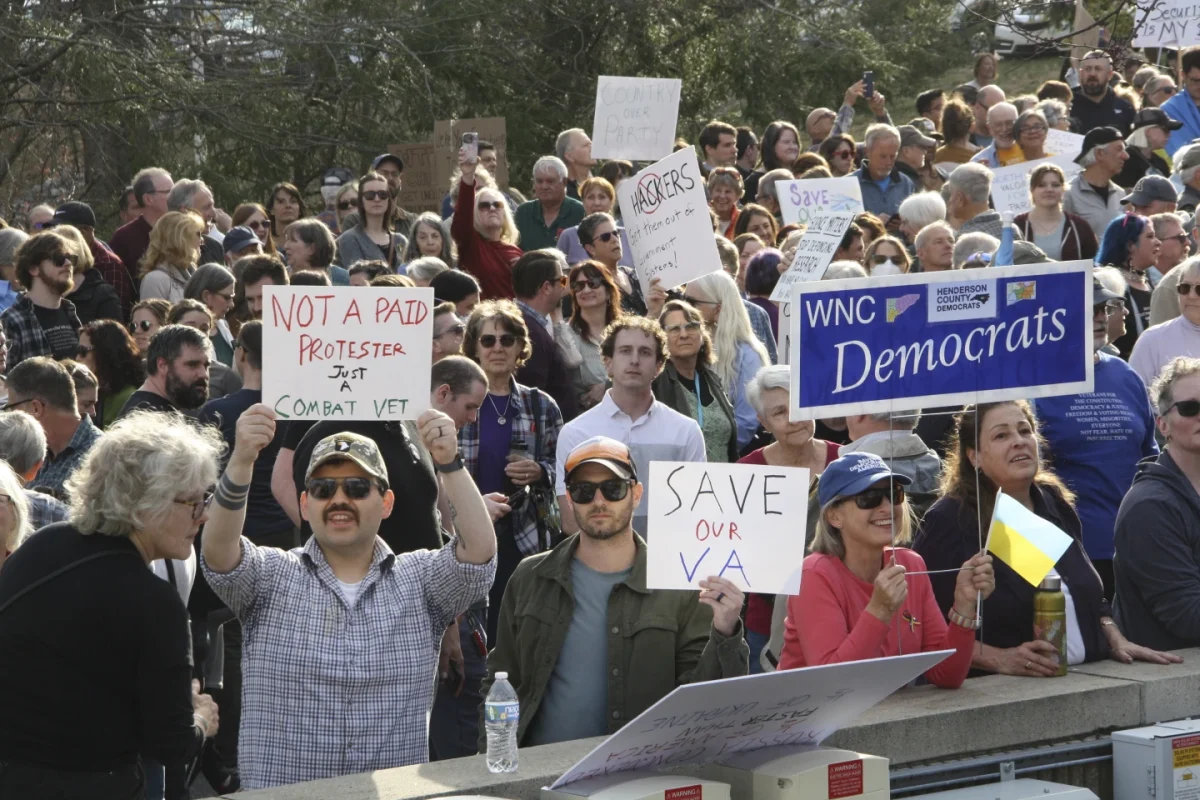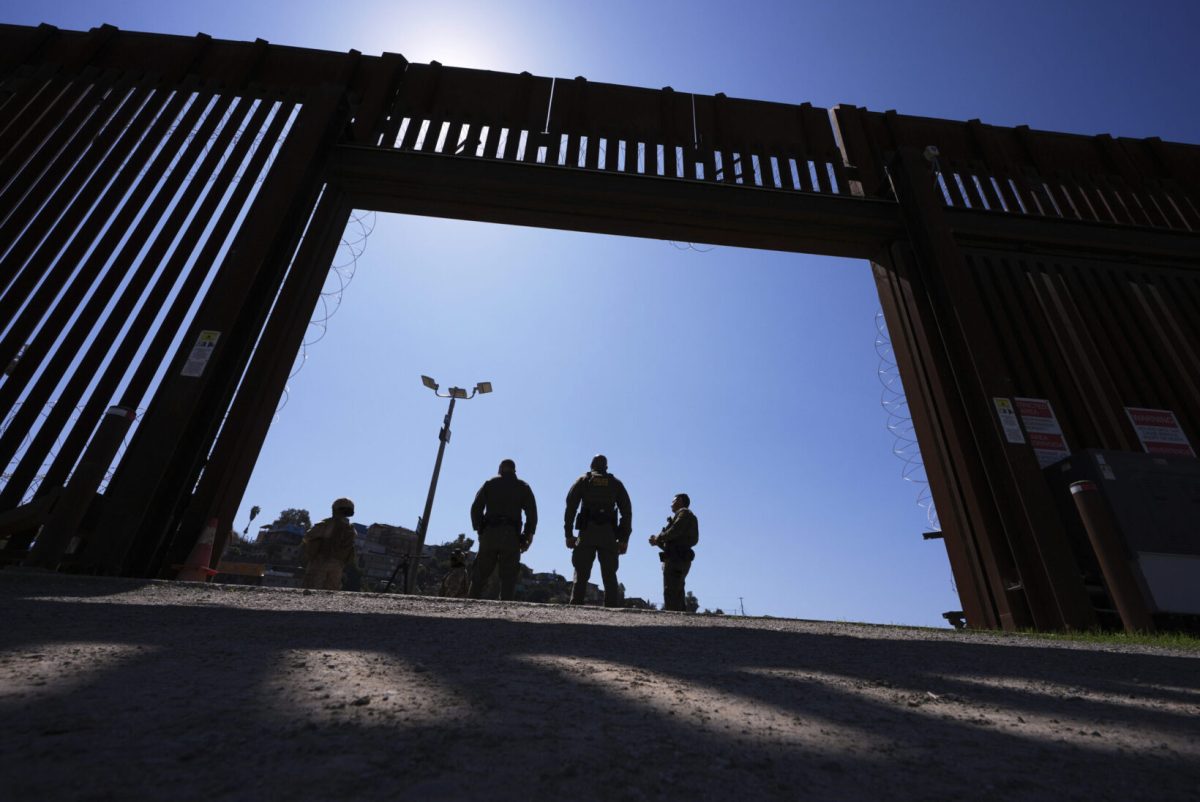The Forsyth County School system proposed a two-year Fostering Diverse Schools initiative to modernize the district’s school zone boundaries. Current school zone boundaries have remained untouched for the past three decades, despite the county’s 42.1% population increase since 1992. The
The project was made possible by a nearly one-million-dollar two-year grant from the United States Department of Education. The district’s initiative is part of a larger Department of Education effort to improve school conditions by increasing socioeconomic diversity. In the 2023 fiscal year, the Department of Education sponsored $10 million in new awards for twelve districts nationwide.
The district is currently reviewing potential draft boundaries while incorporating community feedback into the models. Changes to the school zones will be incremental, meaning no new maps will be implemented before the 2026-2027 school year.
Additionally, students will not be removed from schools they already attend during the redistricting process. Unique aspects of the Winston-Salem/Forsyth County Schools (WS/FCS) model, such as school choice and special magnet programs, will still be available following any changes.
WS/FCS describes practical motivations for the new plan, including streamlining school transportation, reducing school size discrepancies, solidifying feeder patterns between schools and diversifying schools across socioeconomic lines. The district’s three proposed maps balance these four objectives. While one plan excels in diversifying socioeconomic status but falls short in home-to-school distance, another reduces transportation time, but is less effective at promoting diverse schools.
Of the stated objectives for the Fostering Diverse Schools plan, increasing student diversity is at the forefront. Despite the best efforts of Winston-Salem’s current school choice model to increase student mobility, many zones remain divided across racial and economic lines.
For instance, two elementary schools in zone 5, Kimberley Park Elementary School and Sherwood Forest Elementary School, have markedly different demographic compositions. In the 2023-2024 school year at Kimberley Park, only 2.9% of students were white. In the same zone, at Sherwood Forest Elementary School, 73.6% of students were white.
While the Fostering Diverse Schools initiative works to address such imbalances in student demographics, parents have raised concerns over elongated transportation routes, separated friend groups and unrealized diversity objectives. In response to parents’ concerns about school redistricting, Superintendent Tricia McManus reassured parents that all schools in the district have merit, with “great indicators in every school beyond just a school grade.”
McManus remains hopeful and asserts that WS/FCS is “working very hard on many initiatives to make sure all of [its] schools are high quality.” As plans for the new zones continue to evolve, families, parents and students can stay informed by attending an upcoming Fostering Diverse Schools listening meeting or learning more about the plan here.










